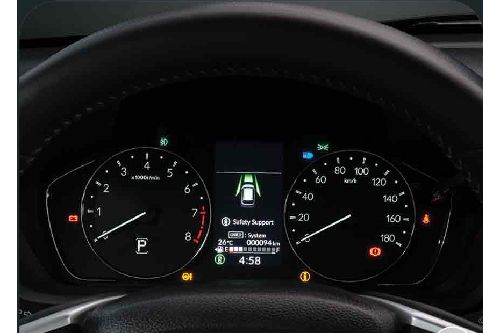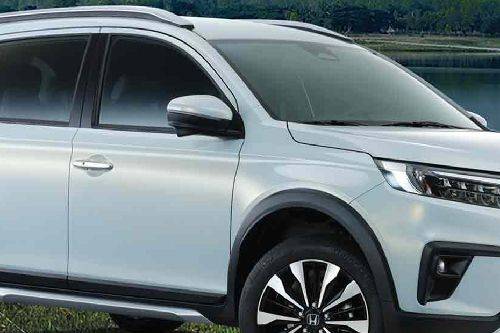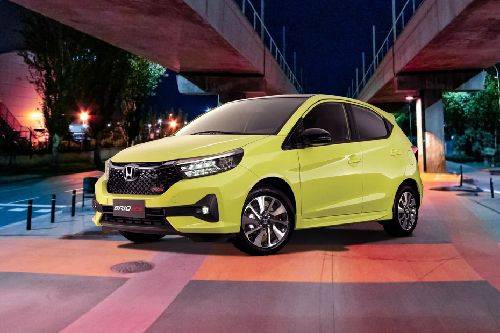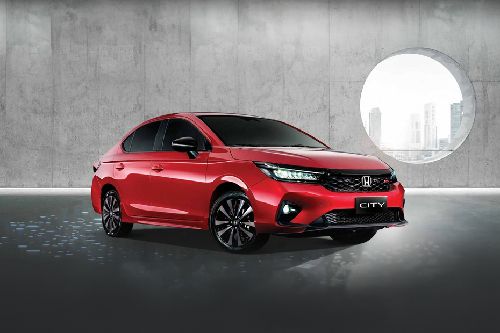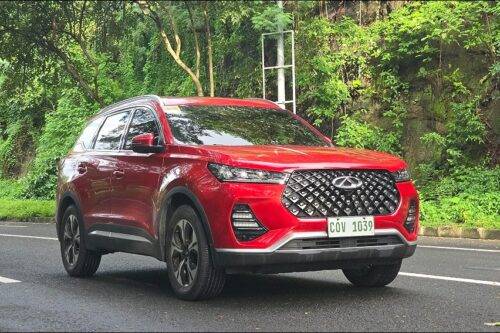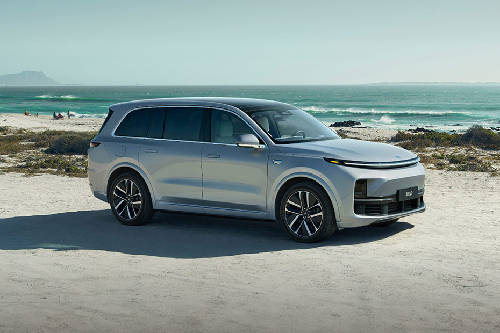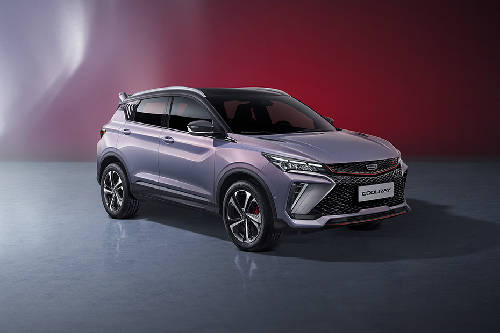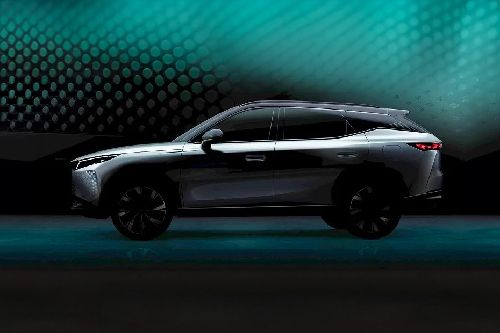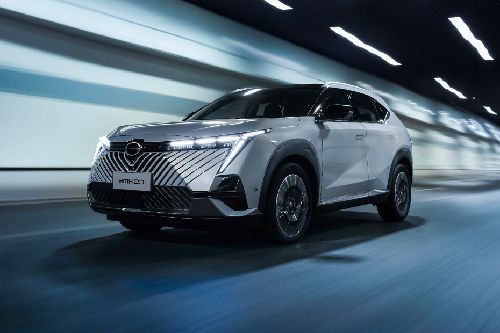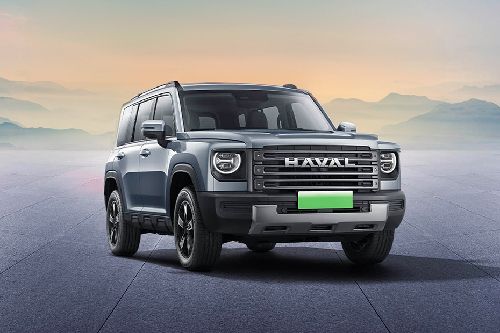Honda BR-V vs Mitsubishi Xpander vs Toyota Rush - The better pick

The multi-purpose vehicle (MPV) segment has recently been growing steadily in recent years following various automakers’ remarketing to compete with the small SUV segment in the Philippines. Three major Japanese automakers have been dominating the local MPV market: Honda, Mitsubishi, and Toyota.
The Honda BR-V is the automaker’s entry into the sportier side of the MPV market. Its bulky exterior and bold features are inspired by crossover models. However, compared to crossovers, it has a larger seating capacity of seven.

The Mitsubishi Xpander is also a seven-seater MPV which was intended to replace the automaker’s Adventure AUV. Instead of style, the Xpander prides itself on its chassis that offers excellent driving comfort and performance.
On the other hand, the Toyota Rush was marketed to compete directly against the local small SUV market. This vehicle is available in both five- and seven-seater configurations and was released as Toyota’s entry against the Honda BR-V and Mitsubishi Xpander.
Dimensions

The Mitsubishi Xpander is the longest vehicle among the three, and also has the longest wheelbase. However, their sizes are all relatively similar and can be attributed to the standard size of most MPVs.
Exterior
All three vehicles share bold design styles, following the sporty, masculine trend of the MPV market. The Honda BR-V was likened to that of an SUV — but with the practicality of an MPV. Honda updated the front grille with a larger one and an additional slat. Colors available are Premium Amber Metallic, Modern Steel Metallic, Lunar Silver Metallic, and Taffeta White, plus the new additions of Passion Red Pearl and Platinum White Pearl.

The Mitsubishi Xpander showcases the automaker’s latest Dynamic Shield design language. Most of its features were lifted from the popular Montero Sport. The highlight of the vehicle is the DRLs which are located where the headlights should be. Those who take home the higher-end variants can avail of extra body kits that allow you to add a chin to the front fascia.
The Toyota Rush, on the other hand, was inspired by the popular Toyota Fortuner. However, in terms of size, the Xpander sits between the Innova and Avanza. The latest version has been equipped with new LED lamps, a shark-fin antenna, and a rear spoiler.

Interior
The Honda BR-V is a seven-seater vehicle with an adjustable second row, allowing for flexible configurations. Materials used inside the vehicle consist of fabric, polyurethane, and plastics. The higher-end variants, on the other hand, sport red leather accents and stitching. The BR-V specs sheet includes the manual climate control.
The Mitsubishi Xpander mostly utilized plastics and cloth for its interiors and seats. However, the higher-end variants instead have premium touches such as leather-wrapped steering wheel and different panels. The third row can be rather cramped and is more suited for children and small passengers. Mitsubishi compensated for this by including numerous convenience features such as cubby holes and storage space options.

The Toyota Rush also used plastics for its interiors, with its higher-end variants also receiving premium touches such as a leather-clad steering wheel and gear shift knob. White accents and stitches can also be found on the dashboard and doors. Similar to the Xpander, the third row is more ideal for children and small passengers.
Engine

The Honda BR-V produces the most amount of power between all the vehicles with 118 hp and 145 Nm of torque. Its power performance is relatively far from the Mitsubishi Xpander and Toyota Rush, who both have more similar power outputs.
Compared to the others, the BR-V also utilizes its own continuously variable transmission (CVT) technology — Earth Dreams Technology.
Safety

All three vehicles are equipped with the latest safety technology, including Child Safety Lock and Child Seat Anchor (ISOFIX) which are typically expected from MPVs since they tend to become family vehicles.
Price comparison
Here is a look at the Honda BR-V price, Mitsubishi Xpander price, and Toyota Rush price lists:

The Toyota Rush is more friendly for those on a budget while the Honda BR-V immediately started out in the P1 million range. While each model’s price points are not that spaced out, the higher-end variants are all more or less in the same range.
For those who prefer flexible configurations and a powerful drive, the Honda BR-V is a good choice. However, considering the similarities in features, the Mitsubishi Xpander and Toyota Rush are also excellent alternatives for those on a tight budget.
Also read: 2020 Kia Seltos vs. Hyundai Kona vs. Honda HR-V: Which is the best?
Sell your car at the best price
 Verified and genuine buyers
Verified and genuine buyers
-
Explore Honda BR-V
Honda Car Models
Don't Miss
Trending & Fresh Updates
- Latest
- Popular
You might also be interested in
- News
- Featured Stories
Honda Featured Cars
- Latest
- Upcoming
- Popular
Compare & Recommended

|

|

|

|

|
|
Seating
7
|
7
|
7
|
4
|
5
|
|
Fuel Type
Gasoline
|
Gasoline
|
Gasoline
|
Gasoline
|
Gasoline
|
|
Engine
1498
|
1496
|
1496
|
1462
|
1795
|
|
Power
119
|
105
|
102
|
101
|
185
|
|
Torque
145 Nm
|
138 Nm
|
134 Nm
|
130 Nm
|
230 Nm
|
|
Transmission Type
Manual
|
CVT
|
Automatic
|
Manual
|
Manual
|
|
|
Trending SUV
- Latest
- Upcoming
- Popular
Honda BR-V Car Articles From Carmudi
- journal










